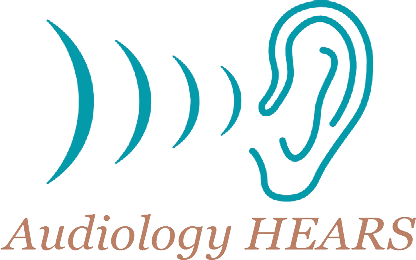Hearing aids are an essential item for millions of people who have hearing loss. These electronic devices are designed to absorb, amplify, and process speech as well as sound. This provides the ears and brain with significant support, alleviating symptoms and maximizing one’s hearing capacity. Today’s hearing aids are more innovative, savvy, and sleek than ever before. There is a wide range of styles, features, and technologies that are designed for the most optimal hearing experiences in everyday life. Navigating your options can be overwhelming but our experts will guide you through this process. Additionally, there are a few tips you can practice to support you making the most informed decision when selecting a hearing aid.
- Identify hearing needs. The first step is to have your hearing health comprehensively evaluated by a hearing healthcare specialist. Hearing tests involve a painless process that measures your hearing capacity in both ears. This determines the degree of hearing loss you are experiencing in each ear which informs the type of hearing aid that could best mee your hearing needs. There are several factors that are used to identify the best hearing aid for every person and specific hearing needs (degree of impairment) is a major one.
- Know more about hearing aids. There are several types of hearing aids which refer to the style or how the device is worn. Hearing aids are either in the ear types or behind the ear devices:
- Behind The Ear (BTE): BTE devices are common types of hearing aids which are often used to treat more profound degrees of hearing loss. BTE devices consist of a hard shell case with hearing aid components inside. This piece is worn behind the top of the outer ear and a thin tube connects this portion to a piece worn in the ear. Because of the bigger size, this device carries more power which is needed for severe hearing loss.
- In The Ear (ITE): ITE hearing aids are custom made for each person using a mold that is taken off your ears. They are worn in the outer bowl portion of the ear or in the ear canal. Custom options provide a perfect fit and greater comfort. There are different types of in the ear devices including: in the canal (ITC) and completely in canal (CIC). These devices are worn in the ear canal at varying points and are smaller types of hearing aids.
Your hearing healthcare provider will let you know the type of device that will effective meet your hearing needs.
- Establish your budget. Another useful strategy is to establish your budget. Hearing aids are an investment in your health and insurance provides little to no coverage (be sure to check in with your insurance provider). So knowing what you need is important and a great way to filter through your options is having a budget. Additional features, technologies, and accessories will increase the price so identifying what is most beneficial to you within your budget is helpful.
- Learn about hearing aid technologies. There are several hearing aid technologies that are designed to seamlessly integrate the device in everyday life. Knowing more about these technologies can help you identify what you are most interested in and what will best serve your hearing needs. Common technologies include:
- Wireless connectivity: using bluetooth technology, hearing aids are able to wirelessly connect to other sources of audio. They can pair with your phone, TV, speaker etc. and stream audio from these sources directly to the hearing aid. This allows the audio to then be processed in specific ways to meet your hearing needs. This creates personalized listening experiences throughout the day.
- Digital noise reduction: this technology is designed to detect and minimize background noise. It separates background noise and speech differently, allowing your hearing aid to deliver enhanced sound quality. This increases speech comprehension, especially in environments that are usually tougher to hear in.
- Tinnitus management: tinnitus is one of the most common hearing loss symptoms. This feature relates low levels of white noise to distract the brain from tinnitus, alleviating tinnitus and the impact it can have in daily life.
Other features include voice recognition, sound localization, smartphone apps, virtual assistants and more.
- Maximize trial period. Ask about a trial period and use this time to know if a hearing aid you are interested in is right for you.
Contact us today to learn more about hearing aids and navigating your options. Our specialists are available to provide their expertise and support.
